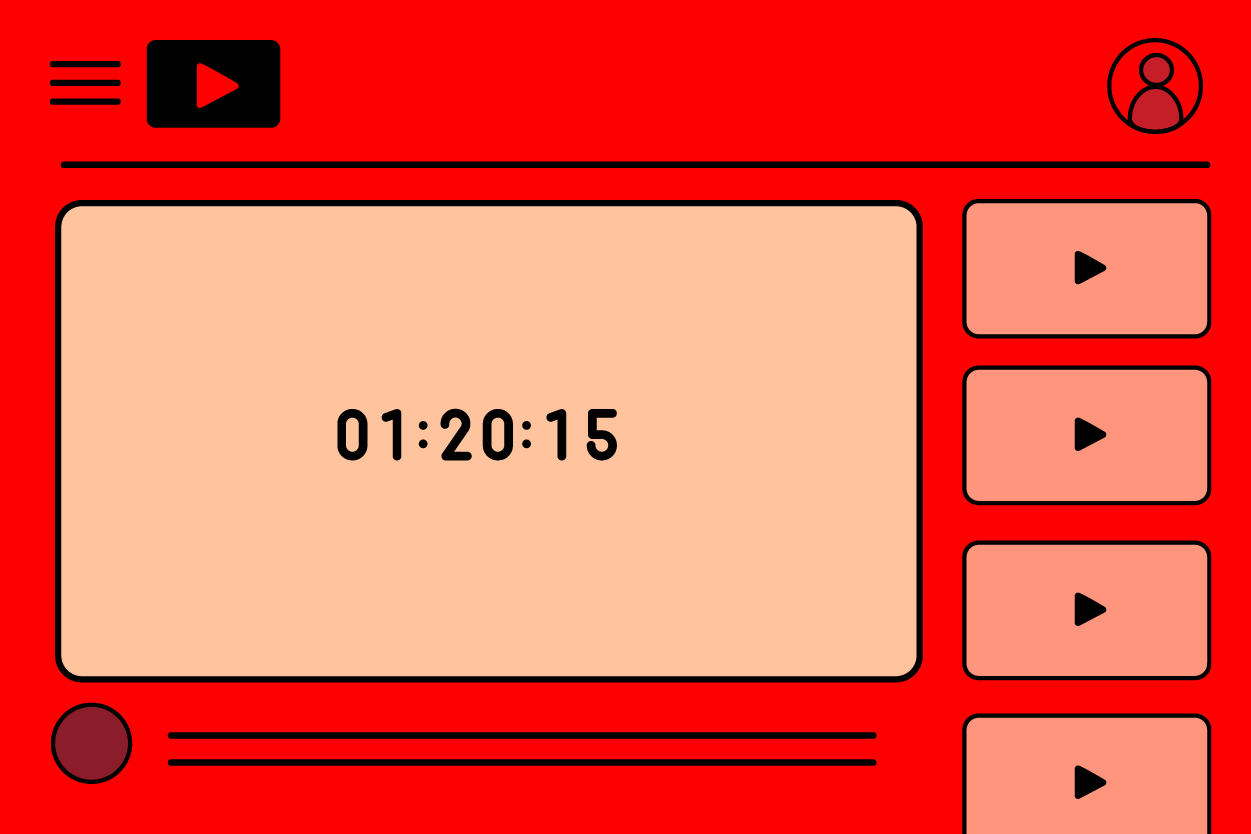The Scale Trap
Journalism's obsession with scale was a dead end. The future belongs to newsrooms that measure relationships, not just reach.
If you’ve noticed your favorite creators posting lengthier content, you're not alone—there's a clear shift happening, and it’s worth exploring why.

For years, quick, snappy videos have been the stars of social media, with platforms like TikTok and Instagram leading the charge. But recently, these same platforms are shaking things up by allowing longer videos. If you’ve noticed your favorite creators posting lengthier content, you're not alone—there's a clear shift happening, and it’s worth exploring why.
Short-form content exploded in popularity for a reason. TikTok’s rise was fueled by its quick-hit videos, perfect for when you’ve got a few spare minutes to kill or just want a quick burst of entertainment. The platform’s 15-second to 60-second format was designed for rapid consumption, making it easy to scroll through dozens of videos in a matter of minutes. Instagram soon followed with Reels, adopting a similar format to cater to an audience that wanted that same bite-sized entertainment without having to leave the app.

These short videos seemingly fit neatly into our increasingly busy lives. They’re easy to digest, easy to share, and have been a perfect match for our ever-shortening attention spans. However, as both platforms and their audiences have matured, the demand for content with more substance has grown, prompting this sudden move toward longer video formats.
So, what’s behind this shift to longer videos on these platforms? There are actually several factors at play that are driving this change, reflecting both the evolving preferences of users and the strategic goals of the platforms:
Short videos are great for quick bursts of entertainment, but they often don’t allow creators to go very deep into a topic. As audiences spend more time on platforms like Instagram and TikTok, there’s a growing appetite for content that offers more value. Longer videos provide the opportunity for creators to dive deeper into subjects, tell more complex stories, or simply provide more comprehensive coverage of a topic.
Another big factor driving this shift is the potential for increased monetization. With longer videos, there’s more space to insert ads without disrupting the viewer experience. For instance, platforms can sell more advertising space, and creators can benefit from these ads as well as from potential brand partnerships that are more feasible with longer content. This is particularly important as platforms aim to attract and retain professional creators who might otherwise be drawn to platforms like YouTube, where longer content and monetization opportunities are more established.

Not all content fits neatly into a 60-second window. Some topics simply need more time, whether it’s a detailed tutorial, an in-depth vlog, or a more comprehensive educational piece. By extending video lengths, platforms are giving creators the flexibility to explore these kinds of content without having to worry about cramming everything into a short video.
Finally, by allowing longer videos, Instagram and TikTok are starting to position themselves as more direct competitors to YouTube. For years, YouTube has been the go-to platform for longer-form content, and it’s built a massive audience around it. By extending their video lengths, Instagram and TikTok are signaling that they’re not just about quick, bite-sized clips—they’re becoming more comprehensive video-sharing platforms.
If you’re a content creator, this shift in video length is something you can’t afford to ignore. And while this shift opens up new possibilities for your content, it’ll also require some adjustments in how you approach your strategy:
Creating longer videos isn’t just about stretching out your existing content. It requires more structure and planning. You’ll likely need to spend more time on pre-production, including scripting and storyboarding, to ensure your content is engaging from start to finish. After all, with longer videos, there’s a greater risk of losing your audience’s attention, so it’s crucial to maintain a clear narrative or instructional flow.

Just because you can make longer videos doesn’t mean people will automatically watch them all the way through. Keeping your audience engaged throughout the video is key. This might involve varying your pacing, introducing interactive elements like questions or polls, or diving into different aspects of a topic to keep things interesting. It’s also important to pay attention to your video analytics to see where viewers are dropping off and adjust your content accordingly.
As Instagram, TikTok, and YouTube start to overlap more in terms of the content they host, having a strategy that works across all these platforms will be increasingly important. Each platform has its own audience and set of expectations, so understanding what works where—and why—will help you reach a broader audience. For example, while TikTok’s audience might still prefer shorter, more dynamic content, they may also be open to longer, more in-depth videos if they’re well-crafted.
With the ability to create longer content comes more opportunities to monetize your videos. Whether through mid-roll ads, brand partnerships, or even subscription models, longer videos can provide a more lucrative avenue for earning revenue. This is especially true for creators who are able to build a loyal audience that’s willing to invest time (and possibly money) into consuming their content.
So, what does all this mean for you? This shift toward longer videos on Instagram and TikTok is undoubtedly significant in the social media world. People are now craving content that dives deeper and provides more value, and these platforms are evolving to meet that demand.
For creators like yourself, this change should be viewed as both a challenge and an opportunity. While this shift will likely force you to rethink how you plan and produce your videos moving forward, it’ll also open up new ways for you to connect with your audience, explore new monetization strategies, and diversify your content.
In short, whether you like it or not, it may be time to start thinking bigger—and longer—about your content.
As social media continues to evolve, adjusting your content strategy is more important than ever. Here at Adriana Lacy Consulting, we understand the challenges and opportunities that come with these changes. Whether you're looking to deepen engagement, explore new monetization avenues, or craft a cross-platform strategy that resonates with your audience, our team’s here to help you navigate this shift. Let’s work together to elevate your content and make the most of these emerging trends. Reach out to us today, and let's start planning your next move!